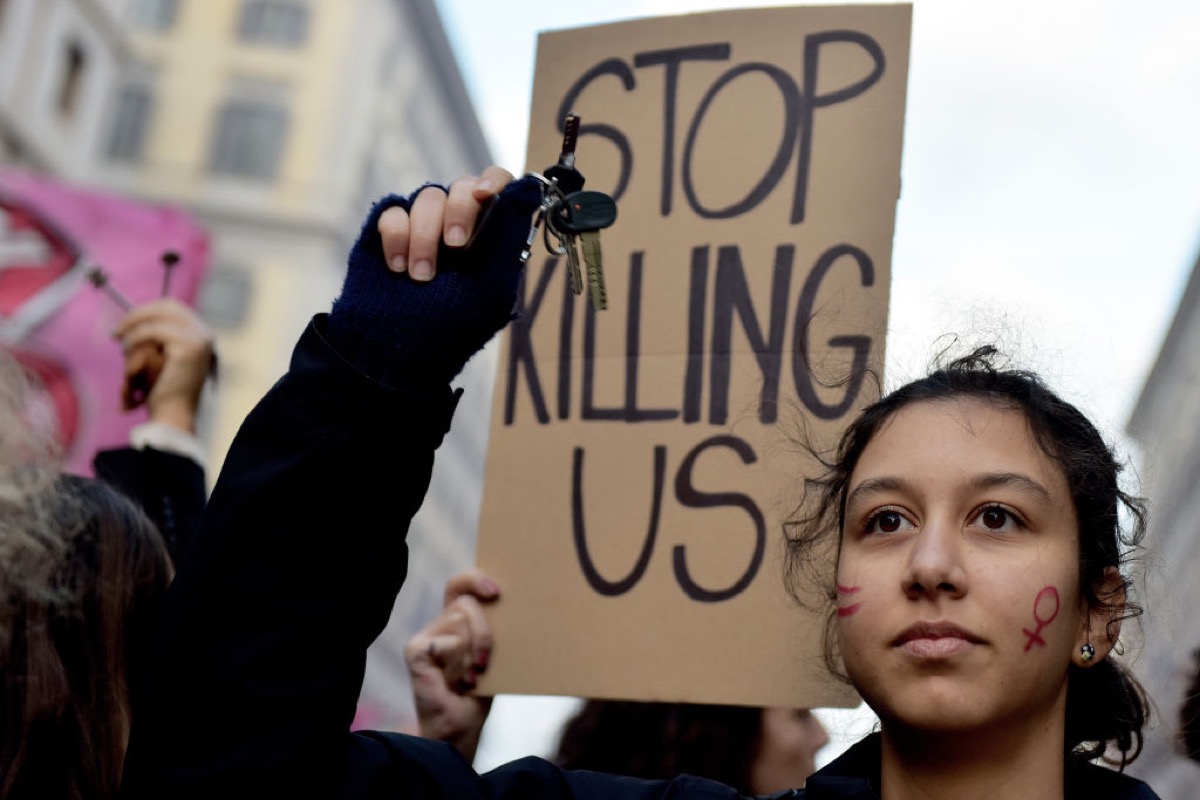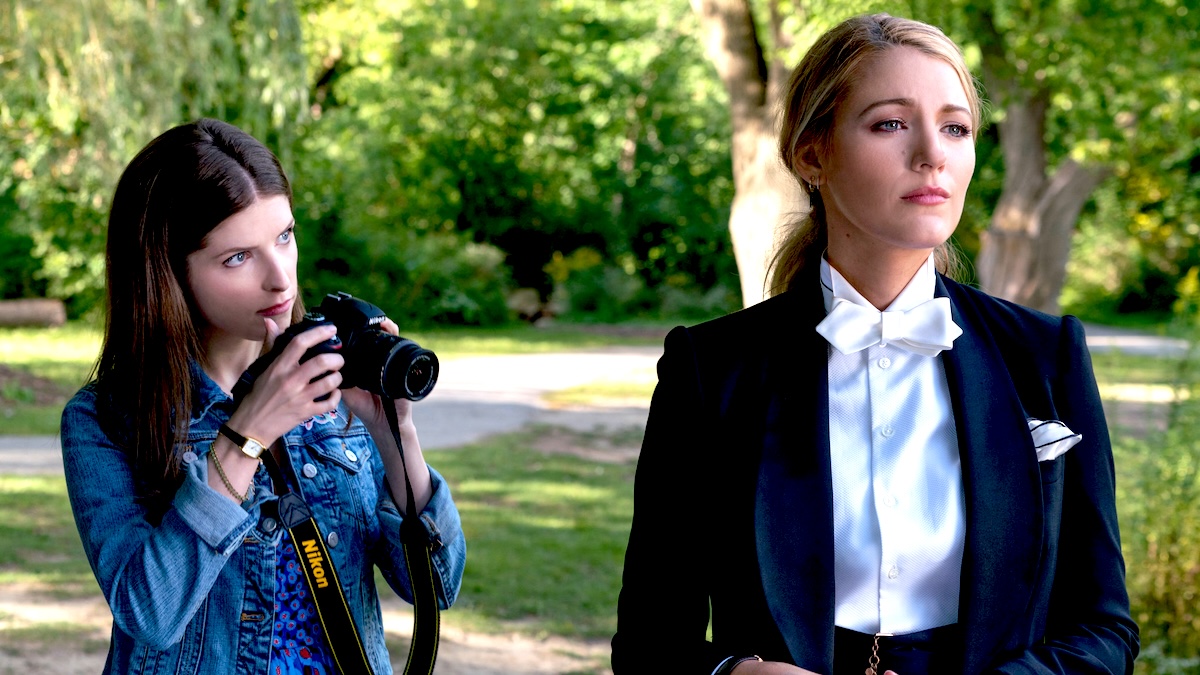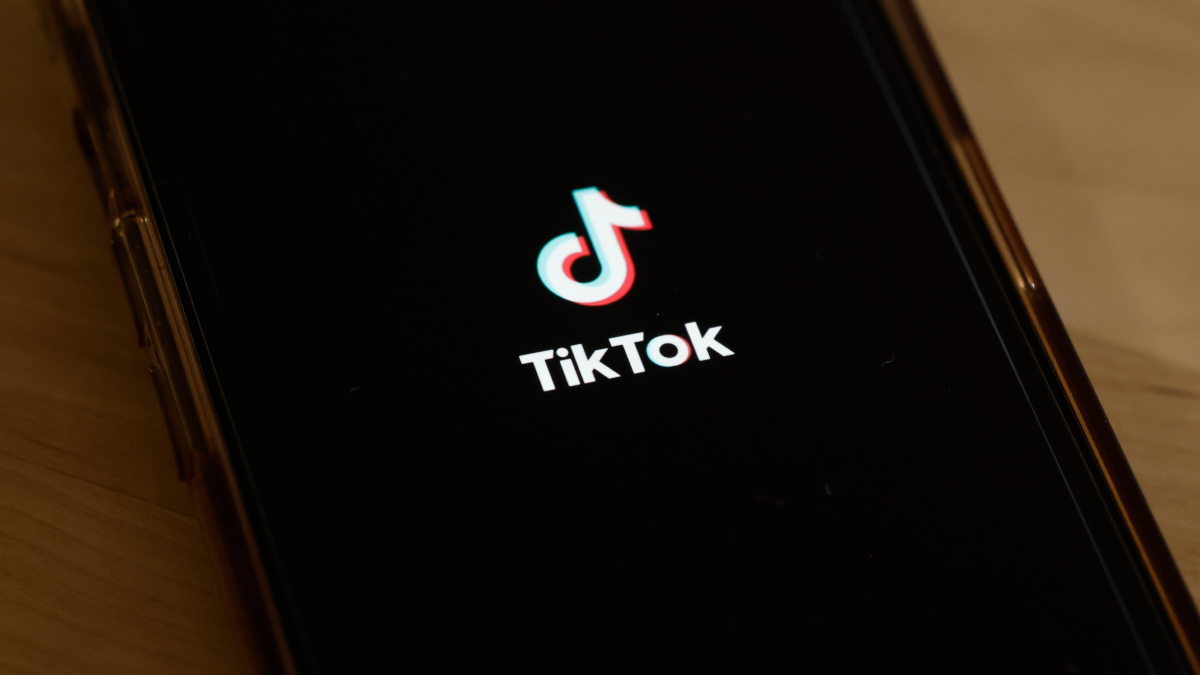A while back, regular Mary Sue readers may have noticed that I’d written a Euphoria article that immediately got taken down—by myself. I realized after writing it that I wasn’t ready for people to hear my thoughts about its portrayal of teen girls, not because I didn’t believe in my own convictions, but because I was a teen girl once, and I know how belittled and ignored their concerns are.
There was also the risk that fans of the show would accuse me of being a prude, that I’m puritanical, etc. etc., as if 38-year-old man Sam Levinson’s portrayal of hypersexual teenage girls being “totally in control” of their circumstances was at all well-informed or well-intentioned. In a fleeting moment of panic, I decided I’d rather just swallow my concerns and move along than risk hearing even more about how little people care about teen girls.
But now is an ideal time to finally shed those concerns and actually talk about this, because a recent CDC report has me feeling furious and terrified for our girls. The data gathered in the report shows that teen girls have drastically begun to experience heightened levels of depression and anxiety, and that 1 in 10 teenage girls have reported some form of sexual abuse. The specific phrase said by the CDC’s chief medical officer, Debra Houry, was: “America’s teen girls are engulfed in a growing wave of sadness, violence and trauma.”
Nearly 1 in 3 high school girls reported in 2021 that they seriously considered suicide — up nearly 60 percent from a decade ago — according to new findings from the Centers for Disease Control and Prevention. Almost 15 percent of teen girls said they were forced to have sex, an increase of 27 percent over two years and the first increase since the CDC began tracking it.
Coverage from the Washington Post
There are multiple factors contributing to these statistics. Perhaps the most glaring one is, of course, the things teens underwent while in quarantine. Spending such formative years cooped up in one’s room would dampen anyone’s spirits, but the report also found that girls were more likely to be bullied online—which I believe, after seeing such a rampant rise in misogynistic humor on platforms like TikTok. And even away from the screens, quarantine brought a heightened chance for women to be emotionally or physically abused in their homes, and teen girls were absolutely part of these statistics.
Intersecting with the COVID-19 years are two other things: an increased sense of nihilism about the state of the world among young people, AND the fact that teens were already struggling before COVID. Society demands an unreasonable amount of work and maturity from these kids, and in the face of a national emergency, these demands were exchanged with a callous disregard for how the kids might cope mentally, emotionally, and physically.
Ultimately, it’s less important why the stats are the way they are, and more important that they’re this bad to begin with. Teen girls are now at a higher risk of suicide, with more girls actually attempting it than boys. That isn’t to say we shouldn’t take the mental health of our boys seriously—teen boys are suffering, too! However, I’ve noticed that people often use “What about men?” rhetoric not as a way of broadening the scope of social care, but as a way of shutting down the concerns women have about girls in general. This then leads to an even further lack of understanding and empathy as to how girls are dealing with their woes, with the results being, as shown here, statistically detrimental. I found this comment interesting:
…“girls are more likely to respond to pain in the world by internalizing conflict and stress and fear, and boys are more likely to translate those feelings into anger and aggression,” [psychologist Richard Weissbourd] said. Boys are more likely to “mask depression,” he said, while girls may be more vulnerable to social media and “a culture obsessed with attractiveness and body image.”
All these factors have led to a frighteningly high jump, from 11 to 14 percent, in assault reports from 2019 to 2021. These girls are being forced into violating situations against their consent, which begs the question, what the fuck are these schools even doing? Studies in the report showed that teens with good access to resources at their schools have, predictably, a lesser chance of these violent things happening to them. I would have thought that by now, maybe sex education and administrative empathy might have improved ever so slightly, but it almost seems as though it’s getting worse.
Race, gender, and sexuality are huge factors in which students are most at risk. Queer and questioning students face greater degrees of violence, both sexual and otherwise, and even more so if they are BIPOC. As it is, this study doesn’t include transgender students, which is a major oversight that they hope to rectify in the future. Likely the numbers would be much higher, considering the casual and rampant anti-trans violence that is unfortunately prevalent these days.
Regarding the role race had to play in violence against teen girls:
The report showed disparities by race and ethnicity. Black and Hispanic students were more likely than White and Asian students to avoid school because of safety concerns, a finding the authors said suggested exposure to violence in the community or at school. Black students were more likely to attempt suicide than Asian, Hispanic or White students. White students were more likely to experience sexual violence than Asian, Black and Hispanic students, and they were the only group to see an increase in it.
American Indian or Alaska Native high school students were more likely than other groups to have been raped.
And these are just the reported statistics. I’d imagine that the actual numbers are, unfortunately, much higher.
Now, one positive that the study found was that drug use as a whole has gone down over the last decade or so. Even so, as put by the Washington Post, “girls were more likely than boys to have consumed alcohol and used marijuana during the past 30 days. They also were more likely to have recently vaped or ever used illicit drugs such as cocaine, heroin, inhalants, meth and hallucinogens.”
The article ends by suggesting that one of the best ways to help teen girls is to focus on their schools. Not only should parents aspire to send their girls to environments that will nurture them, but the schools themselves need better protections and funding so that they’re well-equipped to care for all of their students. I absolutely agree that this is a step that needs to be seriously examined, because school can either be a refuge or a living hell for young girls, and we cannot keep digging our heads in the sand about the issues we KNOW they’re facing on a day to day basis.
On a societal level, though, and as someone with a platform, however small, I implore all of our readers to critically examine how they engage with others on a gendered basis. We often don’t realize the ways in which we might subconsciously relate to another person based on biases, and this results in a heightened risk of violations of all kinds.
Sure, maybe the wojack memes are funny sometimes, but what are they actually saying about young girls figuring themselves out? Yes, maybe shows like Euphoria are fun to watch sometimes, but how do we feel about the fact that Cassie was repeatedly sexually abused by her partners, then publicly mocked in a play by her own sister, and still treated like the worst villain of the second season? The more we downplay the traumas girls face and solely, consistently vilify their reactions to said traumas, the more the cycle will continue, and the statistics will rise.
I know very well how all these seemingly “little” things eventually lead up to big things, but now I’m at least an adult woman who can fight back. These girls don’t have that. I remember how that feels, and I am disgusted that this keeps happening. We need to do better for our girls.
(featured image: Simona Granati – Corbis/Corbis via Getty Images)










Published: Feb 16, 2023 03:05 pm